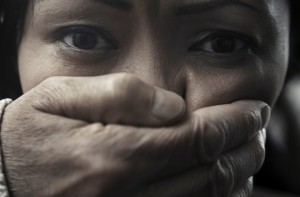The tragic loss of a renowned celebrity or athlete to a drug or alcohol-related death is an event that often leaves many unanswered questions. Famous and much-loved celebrities such as Michael Jackson, Whitney Houston, and Heath Ledger have been the victims of such unfortunate circumstances. However, these celebrities are supposed to set positive examples for their fans to follow.
This time around for my blog, I decided to talk about the different things that the media chooses to represent or present to the public. By doing this, I will compare media representation of the lives of celebrities who turned out to be drug addicts as opposed to the coverage missing and murdered aboriginal women get. Realistically when these celebrities die, the media tells the story of the people and how they lived; from the start of their career to the peak and lastly what created their fall. An example of this is Cory Monteith and the coverage he got from ‘Biography.com’ when he died. Moreover, this catches widespread attention from the public and interest in the particular celebrity in mind. Another example of this is the legendary Michael Jackson. When Michael died in 2009, I remember watching his funeral live with my family when I was back in Ghana. However, there were various stories and interviews talking about the life of Michael and all the great things he did. There were performances done by Chris Brown, Jamie Foxx and Janet Jackson at the BET awards all to pay tribute to the legend. The stories of these celebrities are framed to suit the public and also give space for them to be presented as role models for the public despite the life they lived and the cause of their death.

Now let us turn the table around. What if the media presented every single story of missing and murdered woman that was recorded. In Jiwani and Young’s article, it talks about the inadequate representation of the stories of these unfortunate events. The media rather focuses on framing the stories and making it suitable enough to be given to the public. In effect, the public gets a different perspective of these stories by thinking it is the fault of the victims involved. Not to only talk about the negative sides because recently the issue of missing and murderous women has been an issue that seems to have gotten some amount of coverage.
Perhaps if this kind of attention had gone way back, the issue would have had a positive turnover.